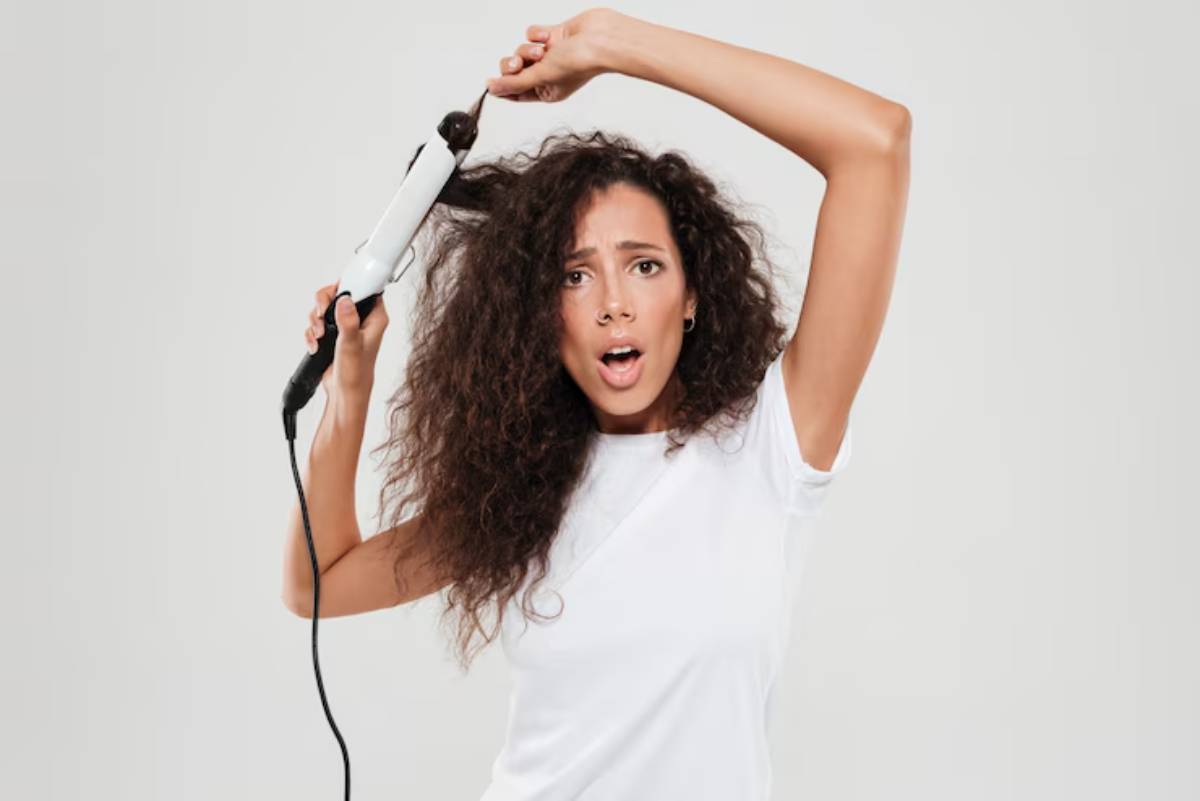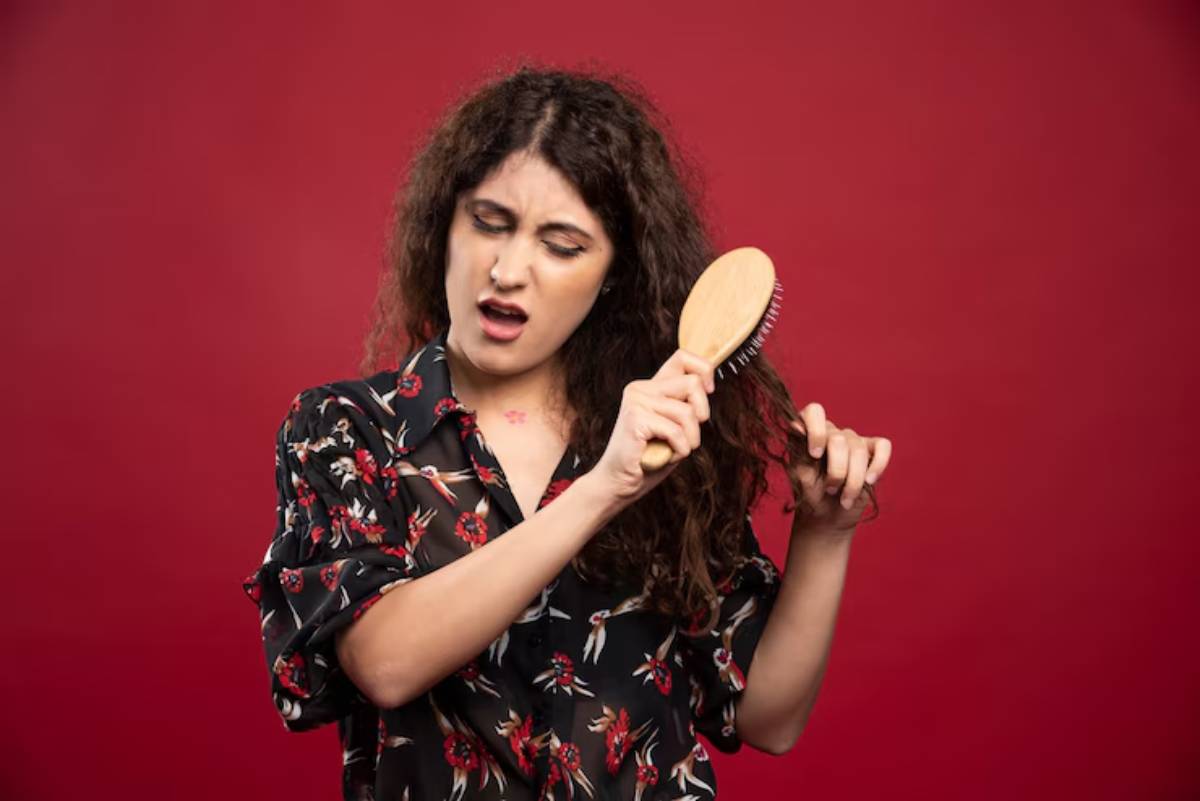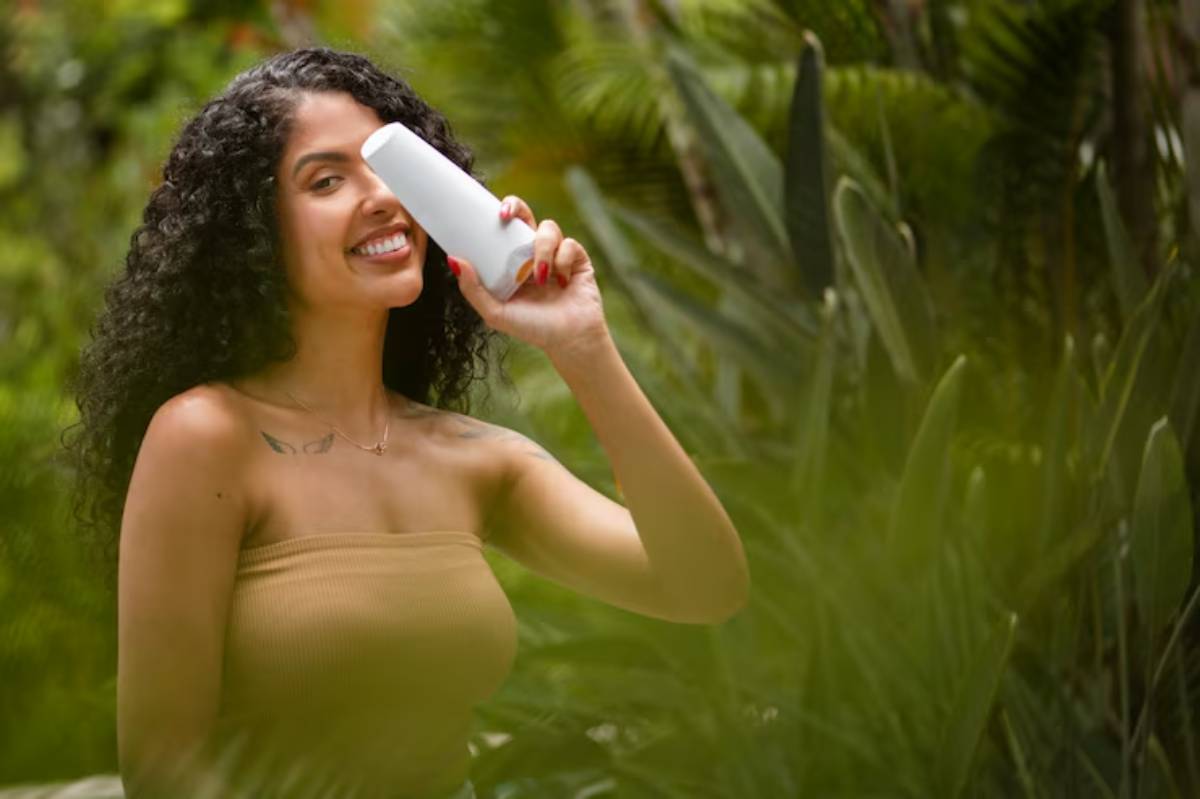
Debunking Common Styling Misconceptions
Let’s face it — curly hair comes with a lot of advice. Some of it’s brilliant. Some of it’s, well… completely misguided. Whether it’s warnings about brushing, myths around gel use, or fear of humidity, curl care advice is often clouded by misinformation.
And when you’re trying to embrace your natural texture, these myths can do more harm than good.
In this article, we’ll break down the most common curly styling misconceptions, explaining where they come from, what the science says, and how to actually style your curls with care. From debunking curl-crushing beliefs to giving you healthier alternatives, you’ll walk away with a sharper understanding — and better hair days ahead.
Myth 1: Brushing Always Ruins Curls

The Misconception
“Never brush your curls! You’ll lose definition and create frizz.”
The Truth
It depends on when and how you brush. Dry brushing curls can lead to breakage and disruption of the curl pattern. But wet brushing, with a conditioner or leave-in applied, helps distribute moisture, detangle strands, and enhance curl clumping — especially if you use tools designed for curls like a Denman brush or wide-tooth comb.
Pro tip: Brush during your shower or just after, with slippery product in your hair. Always work from the ends upwards.
Myth 2: Gel Causes Crunch and Damage
The Misconception
“Gel makes your hair hard and crispy. It can’t be healthy.”
The Truth
Yes, gel creates a cast, but that cast actually protects your curl shape as it dries. Once dry, you simply “scrunch out the crunch” (also called SOTC) to reveal soft, defined curls underneath.
Look for alcohol-free gels or flaxseed-based gels that offer hold without harshness. And remember: cast isn’t the enemy — it’s a phase in the styling process.
Myth 3: You Should Only Style When Hair Is Soaking Wet
The Misconception
“Styling only works if your hair is dripping wet.”
The Truth
Wet styling has benefits, like even product distribution and curl clumping, but not all hair types thrive with maximum water saturation. Low-porosity curls may repel products when too wet, reducing absorption.
Try damp styling or microplopping (gently removing excess water with a T-shirt or microfibre towel) before applying product. This helps reduce drying time and can boost volume.
Want a beginner-friendly curl routine? Explore The Beginner’s Guide to Caring for Curly Hair for simple, effective steps.
Myth 4: Using Oil After Styling Will Weigh Down Curls
The Misconception
“Never use oil after styling — it’ll flatten your curls!”
The Truth
It’s all about how much you use. A few drops of a lightweight oil like argan, jojoba or grapeseed oil can add shine, reduce frizz, and help break the gel cast. It’s especially useful during dry weather or if your curls feel dull.
Just remember: less is more. Focus on ends, and avoid applying near the roots if you want volume.
Myth 5: Humidity Is Always a Curl Killer
The Misconception
“Humidity ruins curls — it’s our worst enemy.”
The Truth
Humidity exposes your hair’s relationship with moisture balance and porosity. If your curls are well moisturised and sealed, they’ll resist frizz far better. The key is to use humectant-free stylers on humid days (think aloe or glycerin-free) and seal with a barrier (like cream or oil).
Curls don’t need to fear humidity — they need to be prepped for it.
See Summer Curl Care Tips to Combat Humidity for seasonal strategies.
Myth 6: Heat Styling Once in a While Won’t Hurt
The Misconception
“Using a flat iron every so often won’t damage your curls.”
The Truth
Even one misuse of high heat can permanently alter your curl pattern. Heat damage can occur at 180°C (356°F) and above — a level most flat irons exceed.
If you choose to use heat, always:
- Apply a heat protectant
- Use the lowest effective temperature
- Limit frequency
- Avoid heat on wet hair
Still, the safest option is to embrace no-heat styling methods that define without risk.
Myth 7: Styling Products Should Be Switched Frequently

The Misconception
“Your hair gets used to products — you have to rotate them constantly.”
The Truth
Hair doesn’t “build tolerance” to products. If your go-to styler suddenly seems less effective, it’s likely due to:
- Weather changes
- Build-up
- Hormonal or health shifts
- Application technique
Before ditching your products, try clarifying your hair or reassessing your routine. Consistency often beats constant change.
Myth 8: Protective Styles Don’t Work on Loose Curls
The Misconception
“Only tighter textures benefit from protective styles.”
The Truth
All curl types can benefit from protective styling, whether it’s a low-manipulation bun, loose braid, or pineapple. These styles reduce friction, preserve moisture, and limit breakage — especially overnight or during weather extremes.
Just ensure you’re not over-tightening or using harsh elastics that can cause tension at the roots.
Myth 9: You Need to Use Every Step in the LOC Method
The Misconception
“If you’re not using the LOC (Liquid-Oil-Cream) method, your hair won’t be moisturised.”
The Truth
The LOC method is effective, but not mandatory. Some curl types need only two steps, or prefer LCO (Liquid-Cream-Oil). Others find that too many products weigh them down.
Understand your porosity, density, and styling goals. Then adapt. There’s no “one method fits all” in curl care.
Myth 10: More Product = Better Definition
The Misconception
“Load on the product for better curl results.”
The Truth
Overusing product often leads to:
- Flakes
- Greasiness
- Lack of volume
- Increased wash frequency
Instead, focus on application technique — rake, scrunch, praying hands — and layer products wisely. Sometimes a single styler, applied well, beats a cabinet full of curl creams and gels.
Conclusion: Let Go of the Myths — and Let Your Curls Thrive
Curls are as individual as fingerprints, and the styling myths that surround them often create more confusion than clarity. But once you separate fact from fiction, your journey becomes simpler — and more joyful.
Here’s the truth: good curl styling comes down to knowledge, consistency, and a willingness to listen to your hair. Not every viral trend or common “tip” will serve you — and that’s okay. With the right information, you’ll be able to build a routine that celebrates your natural texture without compromising its health.
So toss the myths, trust the science, and lean into what your curls actually need. Health and definition aren’t found in rules — they’re found in understanding.


